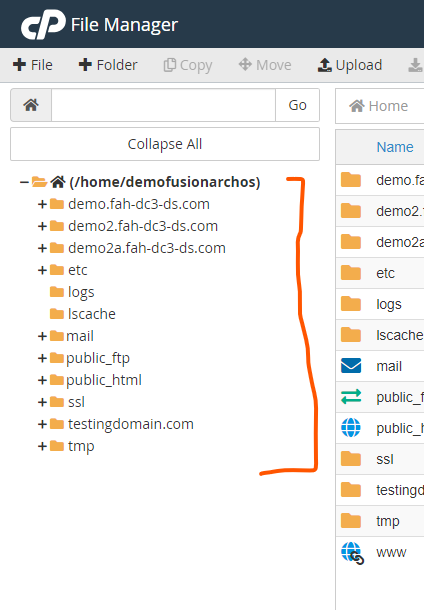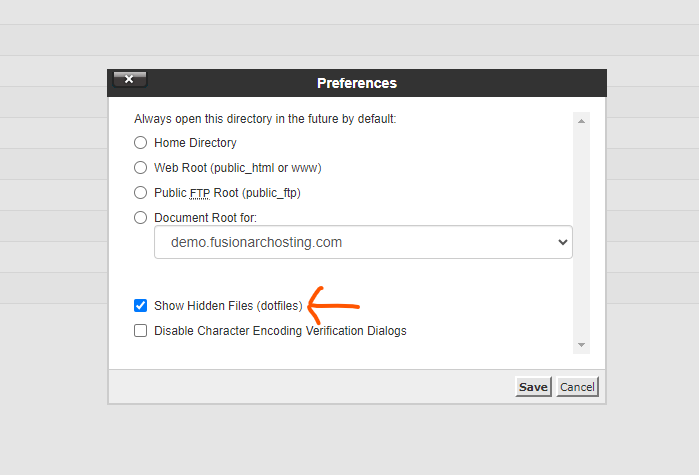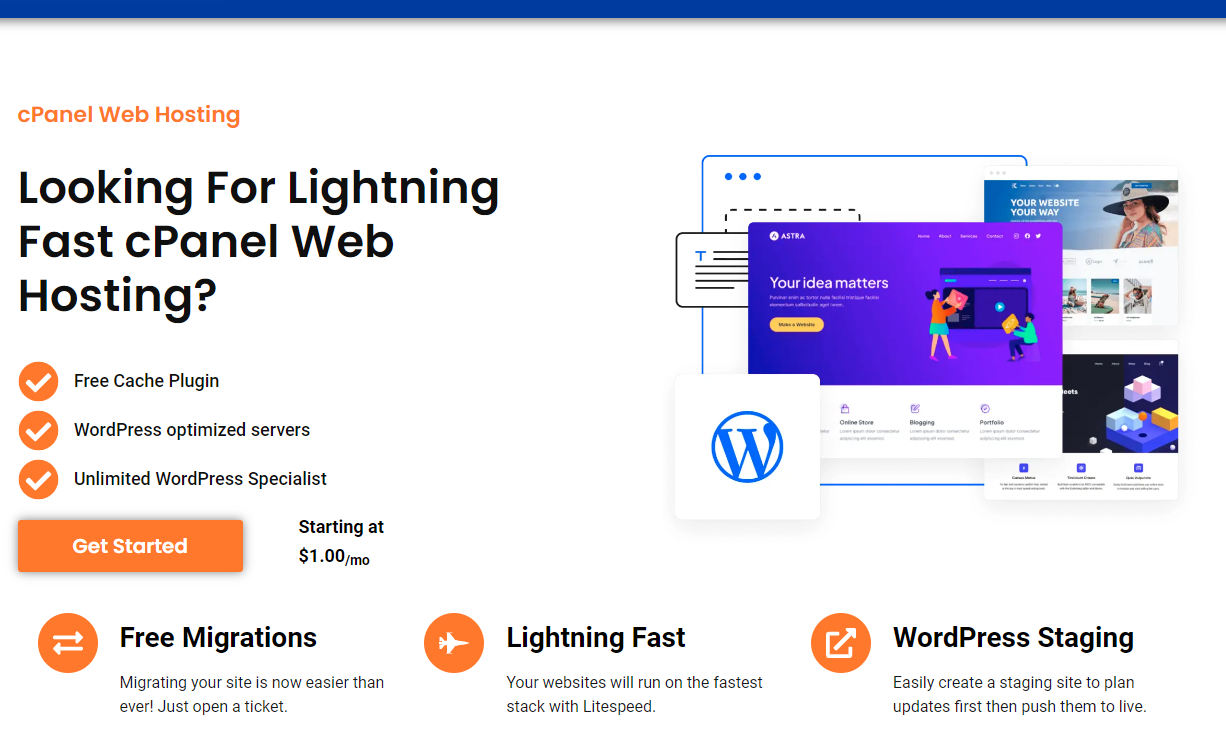Hidden files are often crucial for the proper functioning of your website, as they contain configuration settings and other important data. If you need to manage or troubleshoot your website, you might need to view these hidden files in cPanel. This guide will walk you through the steps to show hidden files in cPanel, ensuring you have access to all the files you need.
What Are Hidden Files?
In web hosting environments, hidden files are files that start with a dot (.) in their name, such as .htaccess. These files are not visible by default in file management systems to prevent accidental changes or deletions. They play essential roles in configuring and managing your website.
Why Show Hidden Files?
- Troubleshooting: Access hidden files like
.htaccessto resolve website issues or conflicts. - Configuration: Edit files that control various aspects of your website’s behavior.
- Maintenance: Manage and back up important files that might be essential for site functionality.
Steps to Show Hidden Files in cPanel
1. Log In to cPanel
- Open your web browser and navigate to your cPanel login page. This is typically found at
yourdomain.com/cpanelor through your hosting provider’s portal. - Enter your username and password, then click “Log in” to access your cPanel dashboard.

2. Access the File Manager
- In the cPanel dashboard, locate the File Manager. It is usually found in the “Files” section.
- Click on File Manager to open the file management interface.

3. Navigate to the Directory
- In the File Manager, navigate to the directory where you need to view hidden files. For example, if you want to view hidden files in your website’s root directory, go to the public_html folder.

4. Show Hidden Files
- Look for the Settings button or gear icon, typically located in the upper right corner of the File Manager window.
- Click on Settings to open the Preferences dialog box.
- In the Preferences window, you’ll find an option labeled “Show Hidden Files (dotfiles)”. Check this box to make hidden files visible.
- Click Save or Close to apply the changes and return to the File Manager.
5. View Hidden Files
- With hidden files now visible, you should see files starting with a dot (e.g.,
.htaccess) in the directory you are viewing. - You can now view, edit, or manage these files as needed.
Tips for Managing Hidden Files
- Be Cautious: Hidden files often contain crucial configuration settings. Make sure you understand their purpose before making any changes.
- Backup Files: Always create a backup of any file before editing it. This helps prevent accidental loss or damage.
- Consult Documentation: If you’re unsure about a specific file or its function, consult your hosting provider’s documentation or seek professional advice.
Conclusion
Showing hidden files in cPanel is a straightforward process that can be essential for troubleshooting and managing your website. By following these steps, you can access and modify crucial configuration files like .htaccess, ensuring that you have full control over your site’s settings. Remember to handle hidden files with care to maintain the stability and security of your website.





